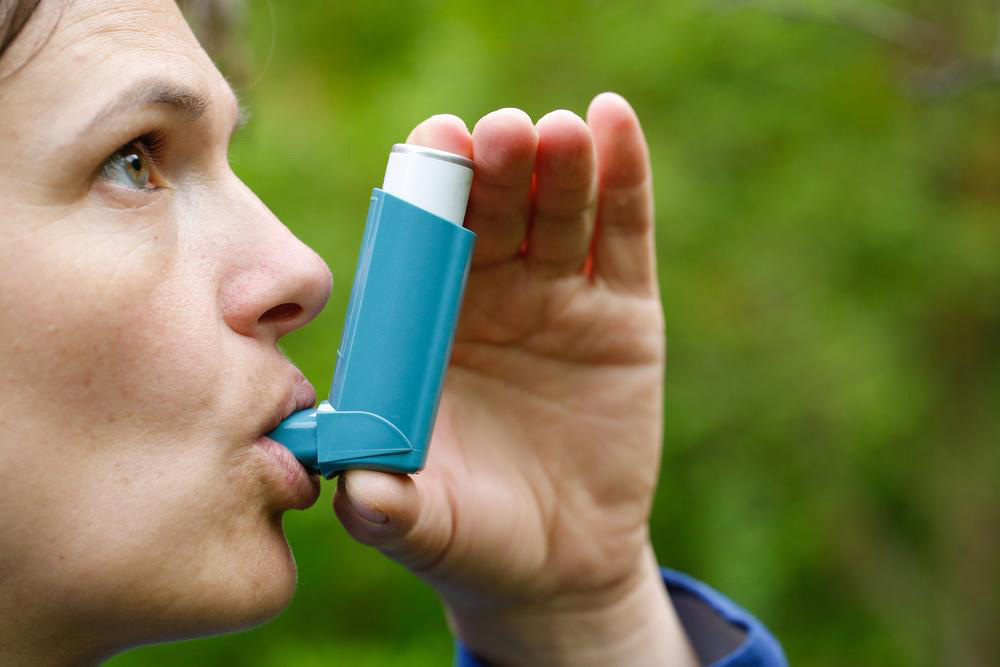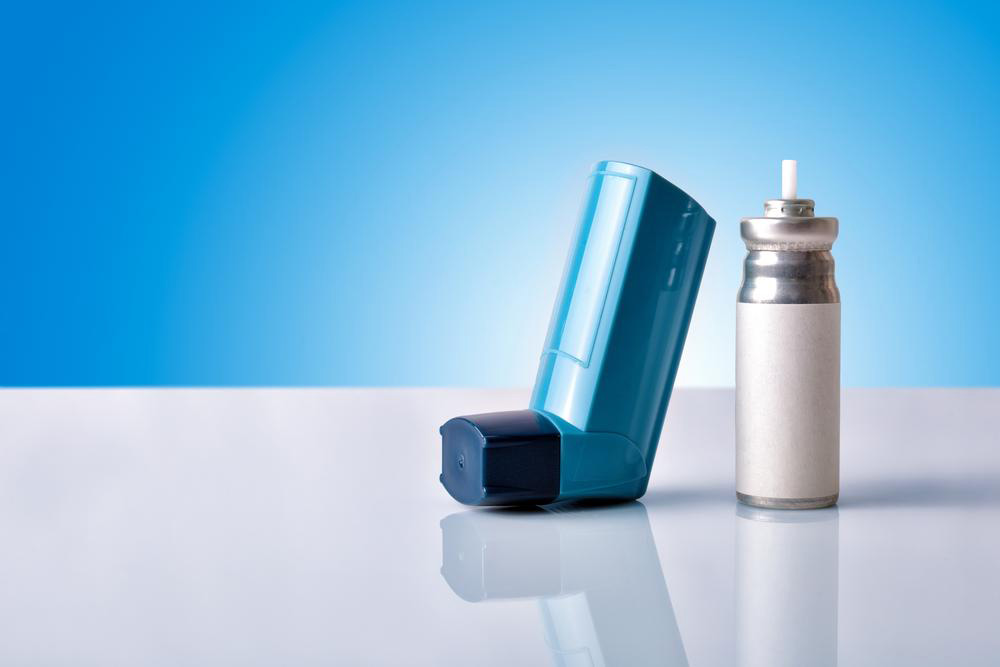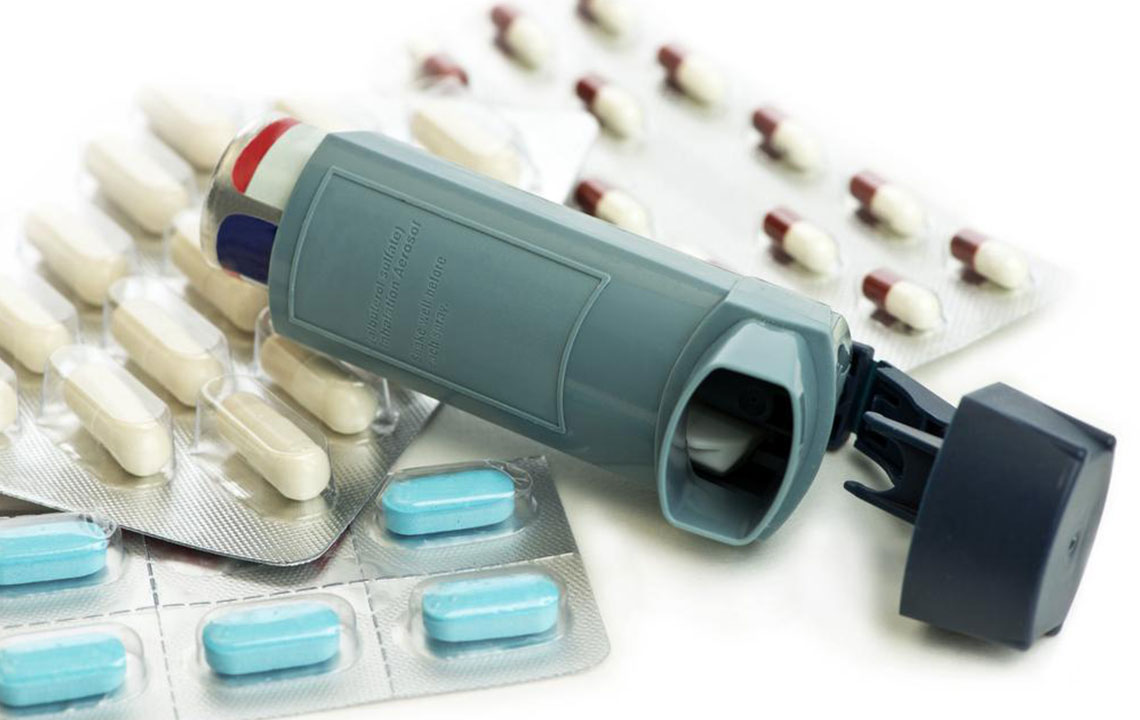Innovative Types of Asthma Inhalers You Should Know
Explore the latest advancements in asthma inhalers, including traditional pMDIs, breath-activated options, spacer devices, and nebulizers. Learn about their functionalities, advantages, and considerations to make informed choices for asthma management. This overview helps patients and caregivers understand various inhaler types to optimize treatment effectiveness and comfort, emphasizing safety and ease of use.

Innovative Types of Asthma Inhalers You Should Know
Asthma treatment involves various inhaler devices, each operating through different mechanisms. The main types include traditional pressurized inhalers, breath-activated models, inhalers with spacer attachments, and nebulizers. Every type offers unique advantages and limitations.
Pressurized Metered Dose Inhalers (pMDIs): Once the most common choice for decades, pMDIs are easy to use and compatible with many medications. They contain a pressurized gas that propels medication in each spray. The device features an L-shape with a mouthpiece and gas canister.
The reasons for declining use of pMDIs include:
The necessity to shake the inhaler before each use.
Difficulty in coordinating inhalation with device activation.
Inability to hold breath long enough after inhalation.
Breath-activated Inhalers: These inhalers activate upon inhalation, eliminating the need for manual pressing. Users inhale forcefully to release medication into the lungs. While easy to use and requiring less coordination, they are often larger and demand strong inhalation effort.
Inhalers with Spacer Devices: These devices combine with pMDIs and include a reservoir chamber, which holds medication until inhaled. They often feature face masks suitable for infants and elderly patients. Proper cleaning as per instructions is essential for effectiveness.
Nebulizers: Machines that convert liquid medication into a mist for inhalation, mainly used during severe asthma attacks in hospitals. They deliver larger medication doses and are ideal for patients with weak breathing capacity.
Important Notice:
This article provides general information about asthma inhalers. It is intended for educational purposes and should not replace medical advice. Consult healthcare professionals before making any changes to your treatment plan. The site is not responsible for potential inaccuracies or differences in data across platforms.









